Hormone-infused American Beef and Milk
Much of the US beef and milk cattle are fed synthetic hormones prior to their slaughter or milking in an attempt to get as much product out of the cow as possible. The National Cancer Association has since seen cases of hormonal cancer rise.
Found in: American beef and milk
Health Hazards: Cancer
Banned in: European Union, Japan, Australia, and China
Pink Slime
This stuff is (apparently) meat. More exactly, the clingy meat that’s pulled from the bone by a machine, including a little cartlidge. Pink slime is used as an additive to bulk up cheap meat.
Found in: Hot dogs, burgers.
Health Hazards: This ‘meat’ is more likely to carry pathogens because it’s pulled from the bone.
Banned in: European Union
Arsenic-laced Chicken
Ask someone to name a poison and arsenic will be one of the first things to come to mind. Oddly enough, it is fed to chickens because it makes their blood vessels appear pinker and, therefore, fresher. On top of this, arsenic-laced chicken manure is commonly used to feed cows, spreading the substance to their meat as well.
Found in: Poultry and manure fed cows
Health Hazards: Cancer
Banned in: European Union
Pork Infused with Asthma Medication
Ractopamine is a drug that makes its way into most pig and cattle feed. Similar stuff is commonly used in asthma medication, this stuff makes animals more muscular and reduces fat all while increasing profit margins.
Found in: Pork and beef
Health Hazards: Weight gain, increased heart rate, insomnia, headaches, and tremors.
Banned in: Unsurprisingly, this additive has been banned in the European Union, Russia, and even China.
Toxic Energy Drinks
Brominated Vegetable Oil (BVO) is an emulsifier – it stops flavouring from separating and floating to the surface of sports drinks. The main ingredient, bromine, is a poisonous chemical used in flame retardant that is considered corrosive and toxic.
Found in: Sports drinks
Health Hazards: Thyroid issues, autoimmune disease, major organ system damage, birth defects, growth problems, schizophrenia, hearing loss and cancer amongst rats.
Banned in: Over 100 countries
Coal Tar and Oil Artificial Coloring
Color additives such as red 40 and yellow 5 are artificially created from coal tar and petroleum. Research has shown that bland coloured food is far less appealing to customers, so companies pump them full of these things.
Found in: Pretty much everything we eat, from candy to macaroni and cheese.
Health Hazards: Brain cancer, nerve-cell deterioration, and hyperactivity in children.
Banned in: Much of the European Union
Chicken Washed in Chlorine
Thousands upon thousands of chickens are stuffed into small warehouses to produce the cheap meat on a large scale. Needless to say, the chickens pick up a lot of harmful pathogens, so, their meat is washed with a weaponized chemical to kill off any germs.
Found in: Chicken
Banned in: European Union
Toxic Bread
The US food industry seems to be obsessed with using toxic chemicals in its products. Bromine makes a return in the form of a flour-bulking agent which reduces the amount of time needed for baking.
Found in: Rolls, wraps and flat bread.
Health Hazards: Kidney and nervous system disorders, gastrointestinal discomfort and cancer amongst rats.
Banned in: European Union, Canada, Brazil and China
Bleached Flour
While most countries wait for flour to naturally whiten, US food companies add azodicarbonamide to bleach the flour as quickly as possible. This chemical is also found in sneaker soles.
Found in: Bread, boxed pasta and baked goods.
Health Hazards: Has been linked to asthma
Banned in: In Singapore, you can face 15 years in jail for using the chemical in food
Butylated Hydroxyanisole and Butylated Hydroxytoluene
Butylated Hydroxyanisole and Butylated Hydroxytoluene are two delicious sounding chemicals that are used to stop food from becoming rancid.
Found in: Cereal, gum, butter and meat
Health Hazards: Has been linked to cancer
Banned in: UK and Japan
Antibiotic-infused Meat
Antibiotics are commonly used on US farms to promote animal growth and combat the unnatural and squalid conditions of their pens. Around 80% of all antibiotic use in the US is in cows, salmon and other animals.
Found in: Meat
Health Hazards: The overuse of antibiotics may be linked to an increase in drug-resistant bacteria that make people sick.
Banned in: European Union, Australia and New Zealand
Irradiated Meat
Food in the US is often exposed to low levels of radiation as a method of preservation and to stop food borne illness. The European Union only allows irradiation to take place in herbs and spices and argue that it is an unnecessary – and potentially dangerous – replacement for good hygiene in the food industry.
Found in: Meat as well as fresh fruit and vegetables.
Health Hazards: Fear that irradiation could initiate dangerous chemical changes in food.
Banned in: European Union
Genetically Engineered Food
Many of the papayas that make their way to the US are genetically modified to be ringspot virus-resistant. While we don’t fully know the effect of genetically engineered foods on humans, many European countries are against it because of the effect on animals.
Found in: Papayas, corn, and many other crops.
Health Hazards: Animals fed GE foods have suffered intestinal and organ damage, tumors, birth defects, premature death and sterility by the third generation.
Banned in: Austria, France, Germany, Greece, Hungary and Luxembourg.
Carrageenan
Carrageenan is used as an emulsifier and thickener in processed dairy goods, including baby formula. It has been found to cause gastrointestinal inflammation which can be especially dangerous to young children.
Found in: Processed dairy goods, including baby formula.
Health Hazards: Causes gastrointestinal problems.
Banned in: Infant formulas in the European Union.
Atrazine
Atrazine is one of the most widely used herbicides in the US. This particular herbicide is notorious because it has been known to leak through the ground and contaminate drinking water. Like other herbicides, small doses also transfer into humans via the crops that we eat.
Found in: Drinking water, crops.
Health Hazards: Has been linked to reproductive problems.
Banned in: European Union
Fat Free Chips
‘Light’ chips are better for you, right? Not if they have Olestra in them. This fat substitute has been known to cause anal leakage and reduce the amount of vitamins found in the human body.
Found in: Fat-free chips
Health Hazards: Oily anal leakage and vitamin depletion
Banned in: UK and Canada, amongst many others.

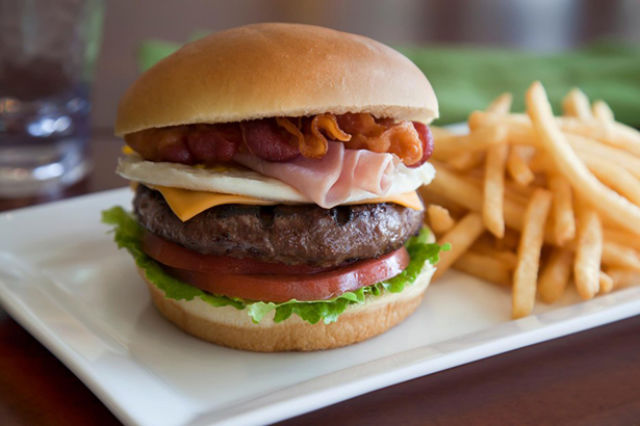

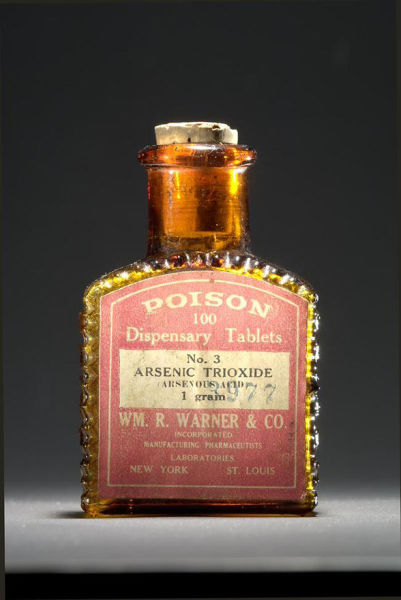
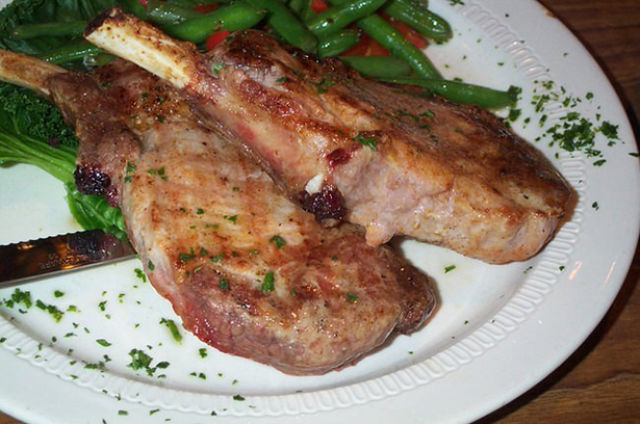
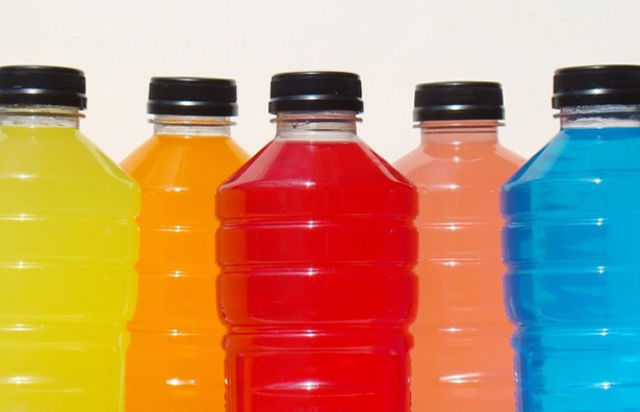
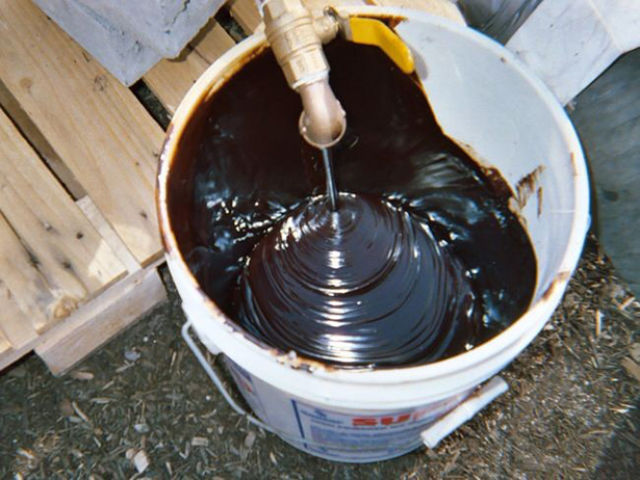
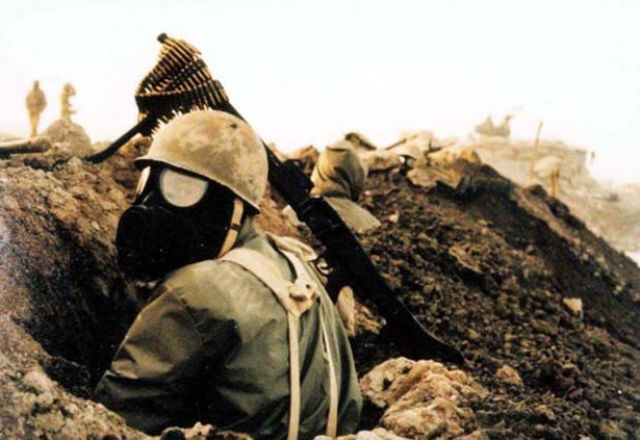
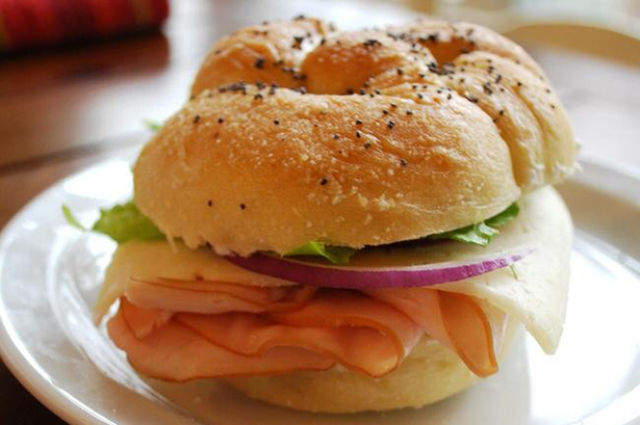
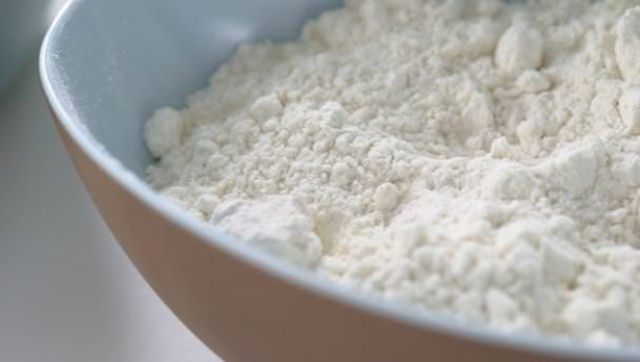

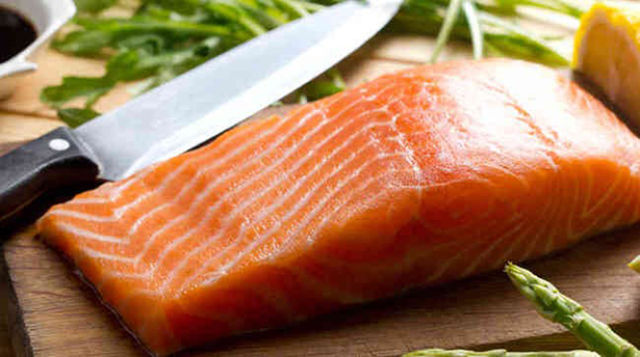
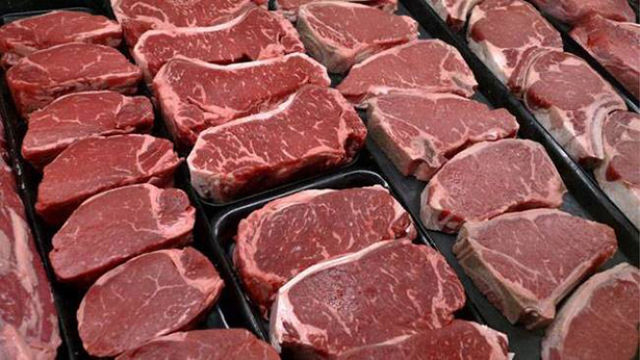
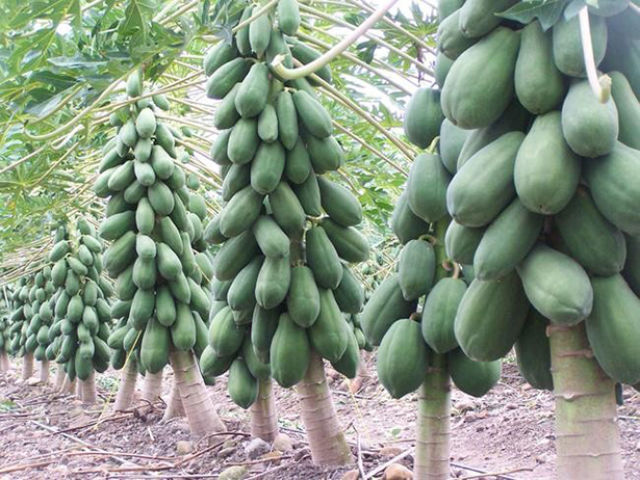


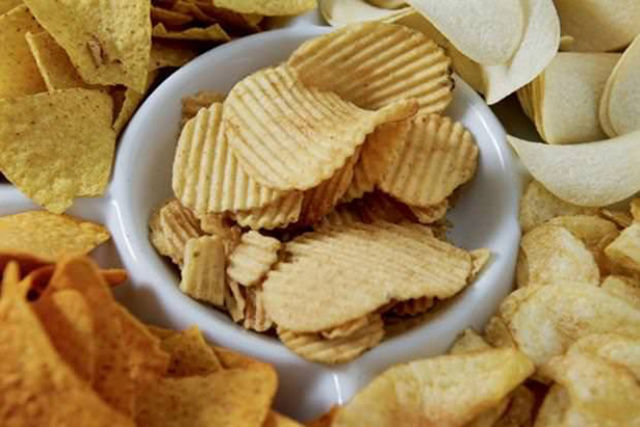



Complete spelling fail :(
Why all the concern about the safety of using carrageenan in foods? Starting in the 1960s there have been research studies showing that if excessive doses of carrageenan are consumed in animal trials inflammation can be induced in the small intestine. Likewise, inappropriate methods of introducing the carrageenan into the animals, i.e. in the animals’ only source of drinking water, have induced an inflammatory response in the small intestine. However, there has never been a validated inflammatory response in humans over the seventy plus years carrageenan has been used in foods. The anecdotal “upset tummies” reported in blogs as coming from consuming a food containing carrageenan are hardly
reliable sources of information on the safety of carrageenan.
Inflammatory responses in animals only occur when carrageenan can cross the blood membrane barrier of the small intestine. This only occurs when the extreme feeding conditions mentioned above are employed. Normal feeding regimes induce no such response.
Over the last decade a group of molecular biologists at the University of Illinois at Chicago lead by Dr Joanne Tobacman have been exploring the in vitro interaction of carrageenan with various genes and conclude that carrageenan can cause inflammation in the gut via a binding mechanism involving TLR-4 receptors. This group also concluded that carrageenan degrades in the gut and the degraded carrageenan can permeate the membrane barrier. Recent studies refute both of these claims, and furthermore this recent research questions the validity using in vitro studies to mimic the in vivo events in the GI tract when a human consumes a food containing carrageenan.
The bottom line on the safety issue is that in spite of all the efforts to downgrade or question the safety of carrageenan, particularly by bloggers, carrageenan is a safe food ingredient in all of the major regulatory jurisdictions of the world.